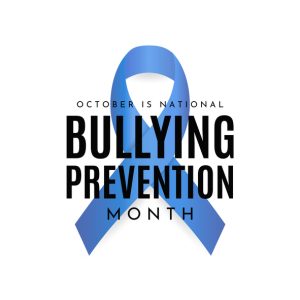 Appendicitis, or inflammation of the appendix, can quickly lead to life-threatening complications if left untreated. Inflammation causes the appendix to swell, which can then cause it to burst. When this happens, bacteria spreads throughout your bowels and abdominal cavity, causing infection and eventual sepsis, which can be fatal.
Appendicitis, or inflammation of the appendix, can quickly lead to life-threatening complications if left untreated. Inflammation causes the appendix to swell, which can then cause it to burst. When this happens, bacteria spreads throughout your bowels and abdominal cavity, causing infection and eventual sepsis, which can be fatal.
Appendicitis typically causes abdominal pain, nausea, and a loss of appetite. It can be difficult to get the prompt diagnosis and treatment necessary for appendicitis because its symptoms are similar to other, less serious conditions, such as gastroenteritis, urinary tract infections, or inflammatory bowel disease. It can also be particularly challenging for people assigned female at birth due to the similarity between appendicitis pain and menstrual cramps.
In order to identify appendicitis quickly and get the treatment you need to avoid serious complications, it may help to look for one or more of these warning signs:
McBurney’s Sign: A sign that many healthcare providers look for to diagnose appendicitis is tenderness at McBurney’s point, which is located in the lower right quadrant of the abdomen. You can locate this point by drawing a straight line from the right anterior superior iliac spine (ASIS), a projection of bone from your right hip, to your belly button. McBurney’s point is usually located about two inches along the line from the ASIS.
Blumberg’s sign: When your pain becomes worse after pressure is applied and released from the sore area, it could be an indicator of appendicitis. This is known as Blumberg’s sign.
Dunphy’s sign: This indicator refers to coughing that makes your pain worse.
Rovsing’s sign: If placing pressure on your lower left side causes pain on your lower right sign, it is referred to as Rovsing’s sign, which could be a warning sign of appendicitis.
Psoas or obturator sign: This indicator refers to the psoas muscle, which can become irritated by appendicitis if your appendix is located behind your colon rather than in front. If extending your right hip or rotating it outward causes pain, it is referred to as the psoas sign. However, if it hurts to rotate the right hip inward instead, it is the obturator sign, referring to irritation of the obturator internus muscle.
Appendicitis can cause your appendix to burst in as little as two days. If you experience sudden, severe abdominal pain that lasts for several hours, whether or not you notice other warning signs, please dial 911 or visit the nearest emergency room immediately.
All content of this newsletter is intended for general information purposes only and is not intended or implied to be a substitute for professional medical advice, diagnosis or treatment. Please consult a medical professional before adopting any of the suggestions on this page. You must never disregard professional medical advice or delay seeking medical treatment based upon any content of this newsletter. PROMPTLY CONSULT YOUR PHYSICIAN OR CALL 911 IF YOU BELIEVE YOU HAVE A MEDICAL EMERGENCY.










